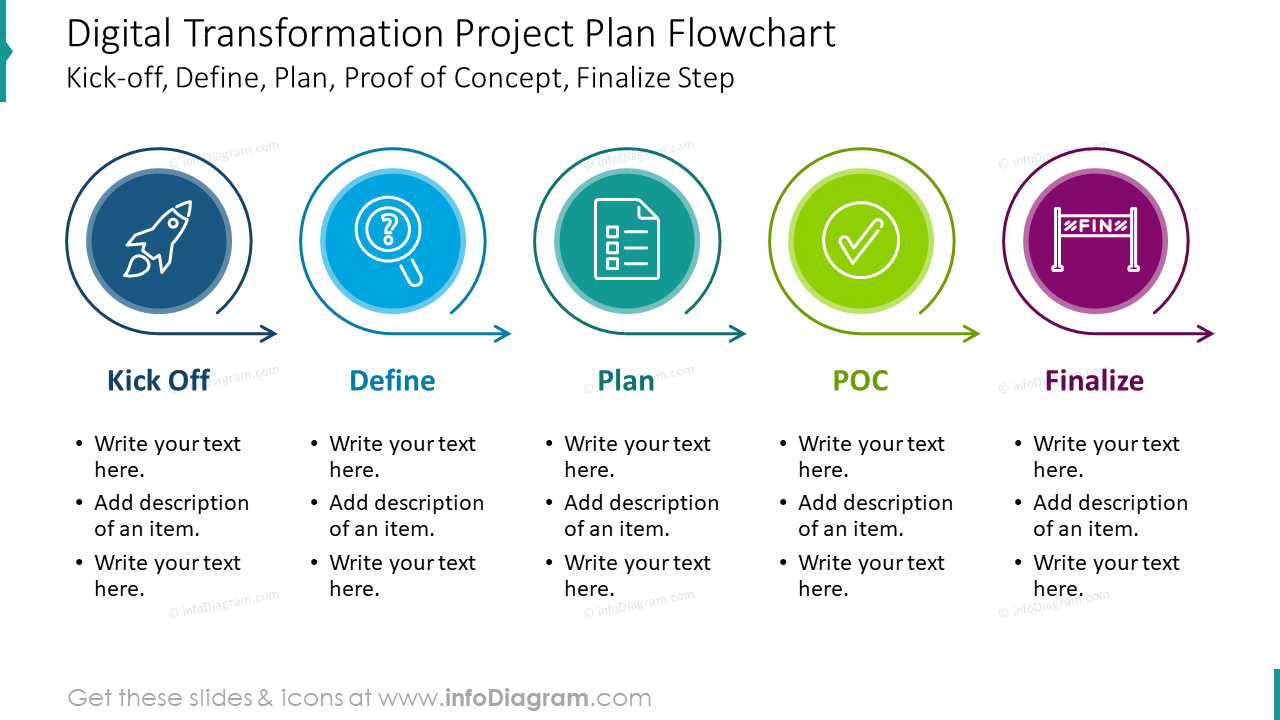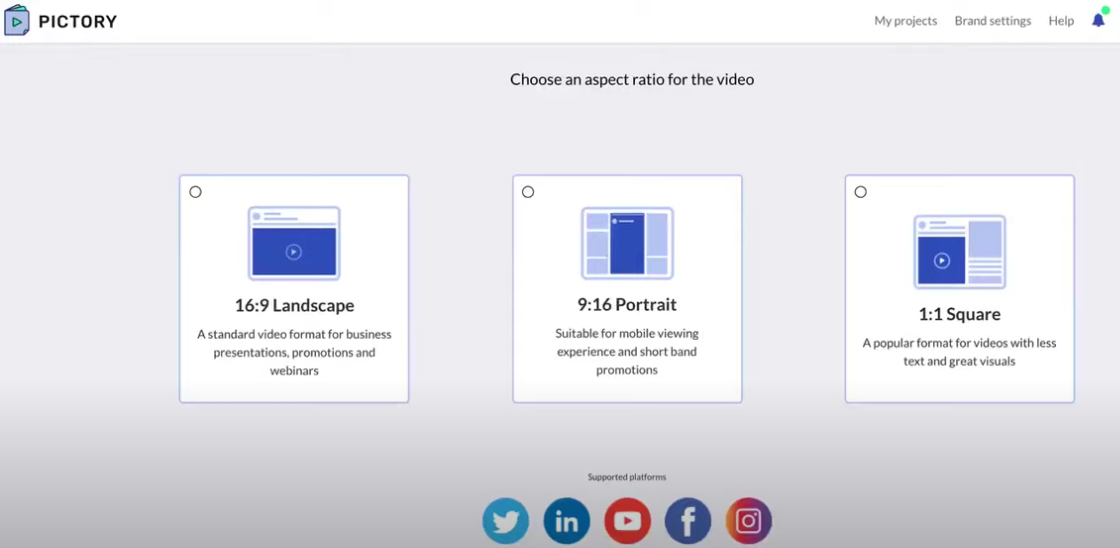In today's fast-paced digital landscape, producing engaging content is essential for content marketers, SEO specialists, and digital marketing professionals. However, consistently generating original material can consume significant resources. Content repurposing offers a solution, enabling professionals to leverage existing content and transform it into diverse formats, thereby maximizing its reach and effectiveness. By utilizing AI tools, this process can be streamlined, saving time, maintaining brand consistency, and enhancing overall return on investment (ROI).
This guide explores how to effectively repurpose content into over ten formats using AI. It provides insights into valuable tools, best practices for maintaining content quality, and real-life case studies that showcase successful implementations. The goal is to equip marketers with practical strategies that enhance their content repurposing initiatives while addressing common concerns such as brand consistency and SEO optimization.
Unlocking Time-Saving Magic: How AI Transforms Content Repurposing
Content repurposing is the practice of taking existing materials and transforming them into new formats. This approach allows marketers to reach broader audiences by presenting the same message in various ways. AI tools play a significant role in streamlining this process. For instance, tools like Narrato and Synthesia can convert written text into engaging videos, and platforms such as Pictory AI are designed to transform longer articles into short, shareable clips.
By leveraging these technologies, marketers can create multiple pieces of content from a single source, ensuring the efficient use of resources. This scalable approach not only saves time but also reduces manual efforts, allowing teams to focus more on strategic and creative tasks.
An illustrative screenshot showcasing various AI tools intended for content repurposing, demonstrating their interfaces and functionalities (Source: Narrato)
Ensuring Brand Consistency Across Platforms with AI
Maintaining a consistent brand voice across multiple content formats is crucial for establishing brand identity. AI-generated content can assist in achieving this by ensuring that messaging and tone remain uniform. Utilizing custom templates within automation tools helps minimize discrepancies and reinforces brand identity.
Companies like Nike effectively use AI to maintain brand consistency by generating content tailored for different platforms without altering their core message. Similarly, DoorDash adopts AI strategies to create content that targets various audience segments while retaining their unique branding. By adhering to established brand guidelines, marketers can ensure their repurposed content aligns with brand values and audience expectations.

A visual representation of brand consistency with AI, illustrating different brands and their unique tones in a comparative format (Source: Medium)
Maximize Your Content ROI with AI: Tools You Can't Ignore
To optimize ROI, marketers must utilize effective AI tools designed for content repurposing. Tools such as Pictory, Fliki, and Canva's Magic Media offer distinct features that facilitate comprehensive content transformation.
For instance, Zebracat provides over 120 text-to-speech voices, making it easy for marketers to create audio content. TRIKL allows for the transformation of reports into engaging infographics, thereby making complex information more accessible. Selecting the appropriate tools based on specific content needs can bolster engagement and ultimately improve ROI.

An infographic visually ranking different AI tools based on features and efficiency (Source: Reddit)
From Blog Post to Engaging Assets: Step-by-Step Transformation
Transitioning a blog post into various formats can be efficiently achieved using dedicated platforms like ProseVision. The following step-by-step guide illustrates how to utilize it effectively:
- Select Original Content: Begin with a well-performing blog post that contains valuable insights.
- Input into ProseVision: Enter the blog text into the platform, allowing the AI to analyze and suggest transformations.
- Choose Desired Formats: Based on the suggestions, select from formats such as infographics, videos, social media posts, or podcasts.
- Customize Output: Edit and refine the output format to align with brand voice and platform requirements.
- Distribute Content: Publish or share the newly generated content across relevant channels.
This process not only enhances efficiency but broadens the reach of existing content by catering to various audience preferences.

A flowchart depicting the process of transforming blog content into engaging assets (Source: InfoDiagram)
Automating Workloads: Reducing Manual Effort in Content Creation
Automation plays a pivotal role in content marketing by significantly reducing repetitive tasks. Establishing automated workflows that connect content management systems (CMS) with AI tools can enhance the production process.
For example, when a new blog post is published, AI tools can automatically generate associated social media posts, email newsletters, and promotional graphics. This integration enables teams to focus on high-level strategies rather than mundane tasks. Research indicates that organizations employing automated solutions experience considerable productivity boosts, underscoring the effectiveness of these workflows.

A diagram illustrating workflow automation and integration in content creation (Source: Website Files)
Case Studies of Success: Real-World Applications of AI in Content Repurposing
Numerous organizations have successfully implemented AI-driven content repurposing strategies, yielding tangible increases in ROI. For example, Netflix employs an AI system called Cinebot to generate personalized trailers tailored to viewer preferences, resulting in heightened engagement levels.
Similarly, BuzzFeed utilizes AI to transform articles into interactive quizzes and short-form videos, maximizing audience engagement across diverse platforms. These examples highlight how AI can enhance both efficiency and effectiveness in reaching targeted demographics.

An illustration that shows improvements in engagement metrics before and after implementing AI strategies (Source: Wingify)
Best Practices for SEO in AI-Powered Content Repurposing
Maintaining SEO effectiveness during content repurposing is critical for sustaining visibility and audience reach. Key strategies include:
-
Preserving Core Keywords: Retaining primary keywords across various formats is essential for maintaining established SEO value.
-
Optimizing for Format-Specific SEO: Each format requires tailored optimization strategies, such as utilizing appropriate meta tags and descriptions for videos and podcasts.
-
Implementing Canonical Tags: These tags help mitigate issues related to duplicate content, ensuring search engines prioritize original content over repurposed versions.
Implementing these best practices is vital for sustaining the SEO value of repurposed content.

An infographic displaying key SEO strategies for content repurposing (Source: The Hoth)
Navigating Ethical Waters: The Do's and Don'ts of AI Content Repurposing
While AI presents considerable potential for content creation, ethical considerations must be addressed. Marketers should be mindful of risks such as plagiarism and the generation of low-quality content.
To uphold content integrity, utilizing plagiarism detection tools is advisable. Furthermore, maintaining transparency regarding AI-generated content fosters audience trust and credibility. Observing ethical guidelines is fundamental for a responsible approach to content marketing.

A visual representation of various ethical considerations relevant to AI content practices (Source: GeeksforGeeks)
Integrating AI Tools Within Your Existing Workflow for Maximum Efficiency
Integrating AI tools into existing CMS platforms can significantly enhance workflow efficiency. Utilizing API integrations allows popular platforms like WordPress to incorporate AI functionalities seamlessly, enabling content creation and distribution to occur within a cohesive system.
Automated workflows not only facilitate the generation of diverse formats but also allow for personalized content experiences based on user behavior. Surveys indicate that organizations integrating AI tools experience substantial reductions in the time spent on content creation, contributing to enhanced productivity.

A flowchart showing integration points for AI tools within a CMS, emphasizing workflow efficiency (Source: NIST)
Conclusion
Repurposing content into multiple formats using AI tools is a strategic approach for content marketers, SEO specialists, and digital marketing professionals to enhance effectiveness in their initiatives. By embracing innovative technologies, professionals can save time, maintain brand consistency, and ultimately maximize ROI.
Through various case studies and real-world applications, the benefits of repurposing strategies are evident—from broader audience engagement to improved conversion rates. As AI technology continues to evolve, staying informed about best practices and ethical considerations will empower marketers to optimize their content strategies effectively. Ultimately, leveraging AI in content repurposing fosters a dynamic and engaging content ecosystem that resonates with diverse audiences.

评论(0)
登录 参与讨论或 .